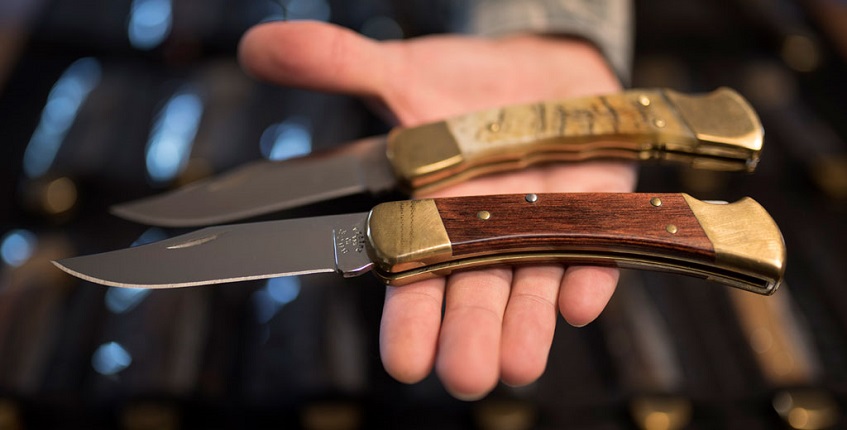
The Complete Hunting Knife Buying Guide
No tool has stood the test of time better than the knife. From the carved stone knives of nomadic hunters ages ago to the wide variety of knives found today, the knife has retained its basic form and function – that of a sharp cutting tool. Essential in any type of food preparation, knives have also found uses outside of hunting or the kitchen. Hunting knives today are used extensively by campers, fishermen, hikers or anyone requiring a sturdy cutting utensil. Besides having an adequate pair of fishing pliers while fishing, or do-it-all multi-tools when camping, you’ll find a hunting knife to suit these or any type of outdoor task.
Contents
Types of Hunting Knives
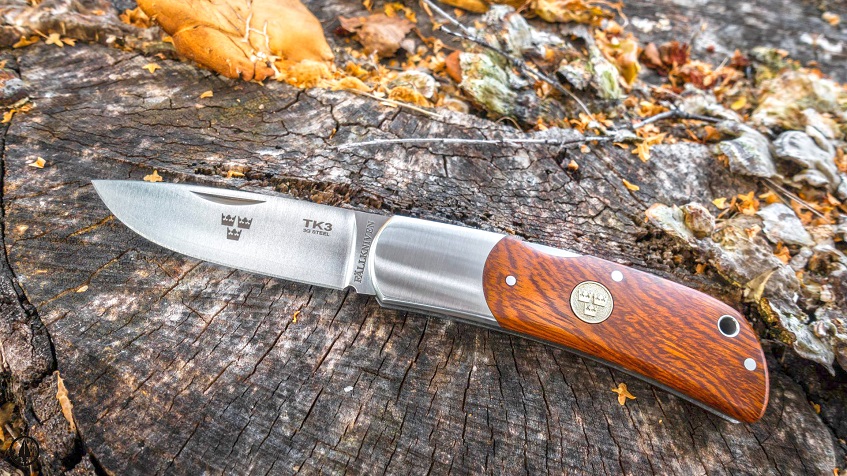
Source: huntinglot.com
The hunter knife has had millennia to evolve from its rudimentary stone and bone beginnings used in stabbing wild game like boars, to its modern-day iterations. The hunter knife of today is optimised in enabling various cutting and slicing techniques, and can be divided into the following specialised knife types:
- Gutting knives – used in gutting or removal of the internal organs of the hunted animal. Gutting knives are optimised to easily slice through organs, without causing damage to surrounding tissue. Most gutting knives have a tooth-like gut hook at the end of the blade to ease the removal process
- Skinning knives – used to remove the skin of the hunted game without causing tears to the hide. They have sharp, short curved blades that don’t protrude deep into the muscle, allowing for clean, careful cuts
- Boning knives – used to remove the remaining meat from the bones. They typically have elongated thin blades for better reach. Fillet knives are quite similar, and they’re used in skinning and deboning the meat from fish
- Butchering knives – used to cut up remaining meat and prepare it for preservation. Butchering knives have long, wide blades for easy cuts
- Caping knives – smaller knives used in caping or skinning the head and neck of the animal to create a hunting trophy
- Hunting knives – also called hunting daggers, feature larger and longer blades used to kill your prey
You can also find knives that offer a combination of cutting techniques, like skinning and deboning, particularly in cheaper models. Knife manufacturers also sell sets of hunting knives that you can tailor to your needs. These will generally be cheaper than buying separate knives on their own.
Other Popular Hunting Knives
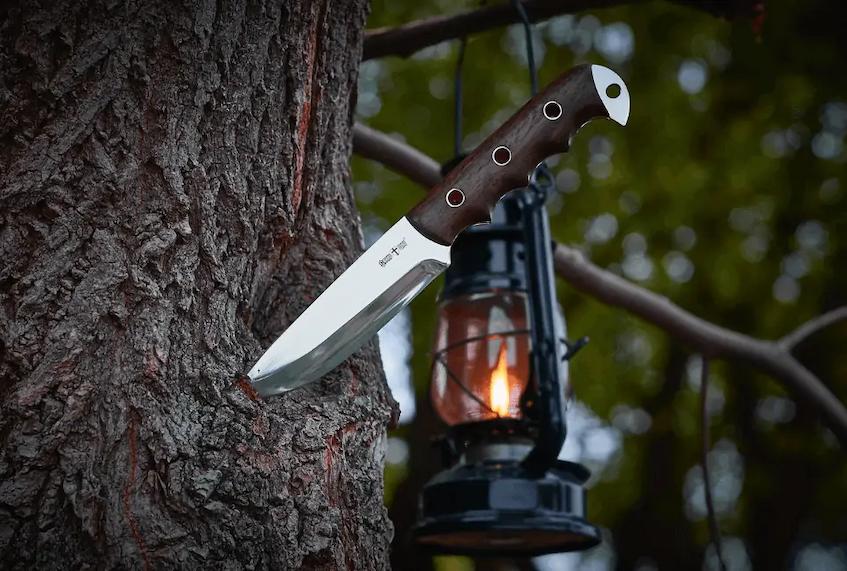
Source: alloutdoorsguide.com
Other, more general-purpose knives have made their way into the hunting scene. Some of the more popular knives are:
- Camp knives – multi-purpose knives found in camping settings or for general outdoor use. They are ideal for clearing vegetation, preparing food, or any other camping tasks where a knife is needed. They combine the features of specialized hunting knives in a more versatile package. Blades are typically between 15 to 20 cm long
- Buck knives – made popular in the 1960s, buck knives feature a folding, lockable blade made of tempered steel which allows them to be used in a number of settings
- Bowie knives – made popular as a fighting weapon, this large knife has proven to be useful to hunters as a butchering and skinning knife. Its fixed, large and long blade is also handy around the campsite. Some models have serrated blades for deeper cuts
Hunting Knife Features
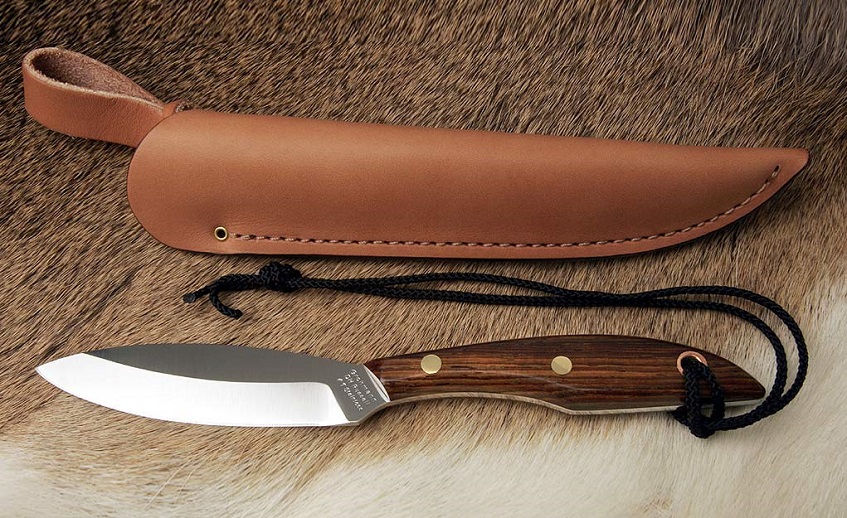
Source: fieldandstream.com
Now that we’ve explained the different types of knives for hunters according to their usage, knives can be further divided by other factors. These include the style and type of the blades, the different handles, and a number of other accessories they come with.
Blades
Based on the blade style, hunting knives can be divided into:
- Clip point blades, where part of the blade is ‘clipped off’ or sloping down towards the edges in a concave curve. Bowie knives are the most widespread with this blade type. Clip blades easily puncture dense tissue, making them an ideal blade for most hunting purposes with the exception of skinning
- Drop point blades differ from the clip variants in that the blade thins into a convex curve towards the pointed end. The result is an all-around thicker blade, ideal for general hunting use
Based on whether they have a folding mechanism or not, hunting knives can come as either fixed blade or foldable blade knives. Fixed blades are more durable due to the lack of additional parts, and usually more prized by hunters and knife collectors. Popular foldable versions are smaller and may feature additional blades or other accessories. The Swiss Army Knife is the epitome of the foldable knife.
Handles
Knife handles can be made from various materials, from exotic materials like ebony to durable non-slip synthetic rubber. Manufacturers produce different handles for the same type of knife, often as modern iterations of the original. Find a handle that is comfortable and ergonomic to work with.
Sheaths
Sheaths protect your knife when not in use. More expensive fixed blade knives also include matching sheaths made of exotic materials. They also come in handy when you want to conceal your knife from open view. Foldable knives rarely come with sheaths.
Which Knife is Right for You?
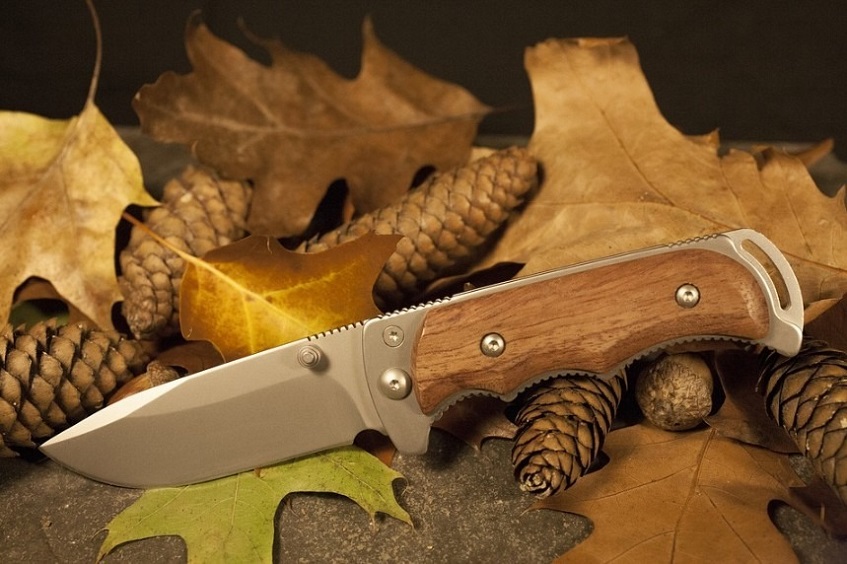
Source: criticsrant.com
When buying a hunting knife, consider your allocated budget, the knife’s intended use, and how often you’ll use it. Knives can be expensive, so justify your purchase reasonably. If you’re a seasoned hunter you might be better off with seperate, specialised knives that feature the right blade for each cutting task. They’re more durable, well-made and up to the job. If you’re an occasional camper or backpacker, an inexpensive general-purpose camp knife might be all you need. And if you’re a collector and know your way around knives then you’re open to many buying options.
When buying your first hunting knife, consider general-purpose outdoor stores where you’ll find popular makes of camp knives. Basic foldable knives are available from many household brand names in a variety of stores. You can find gutting, boning, butchering and other specialised knife types, including daggers, in stores selling branded hunting equipment. Look into online specific stores or auctions if shopping for any collectibles.

